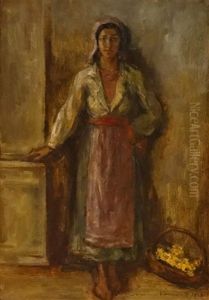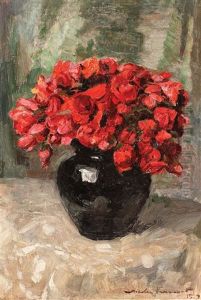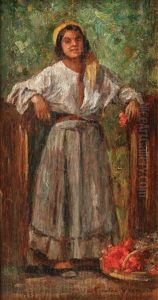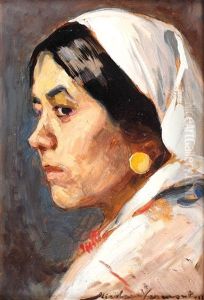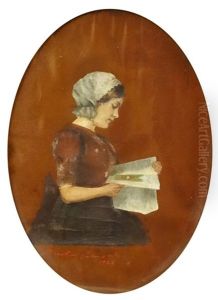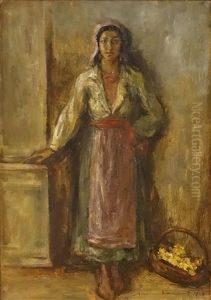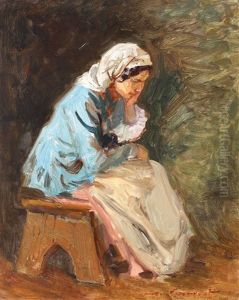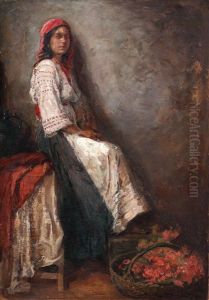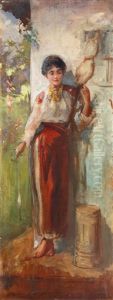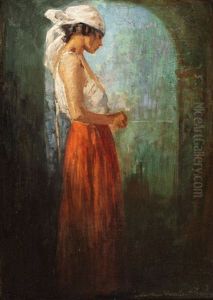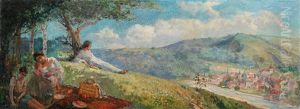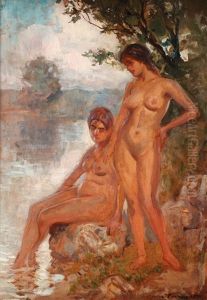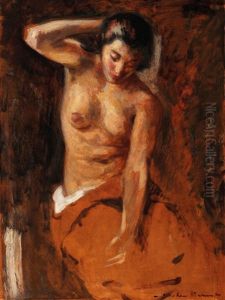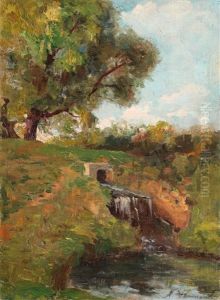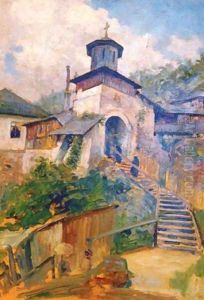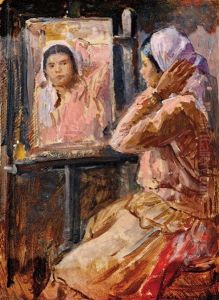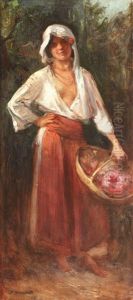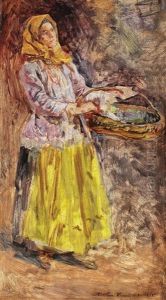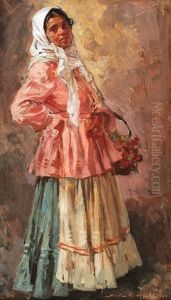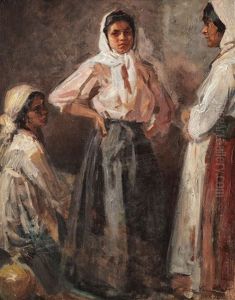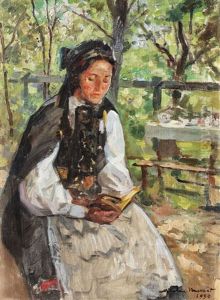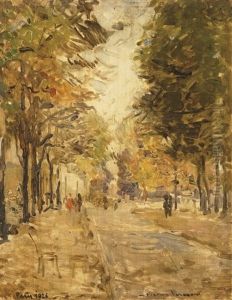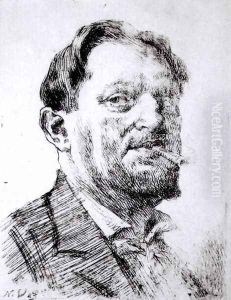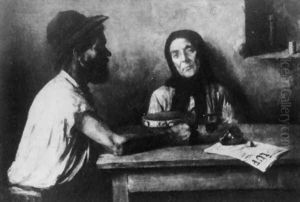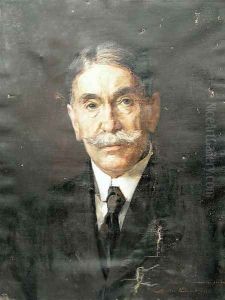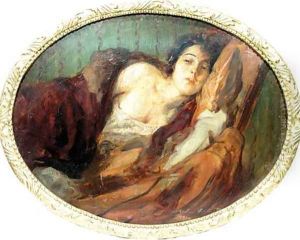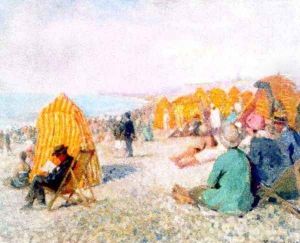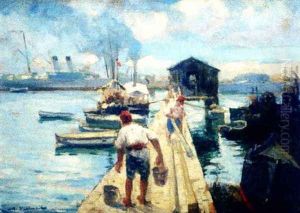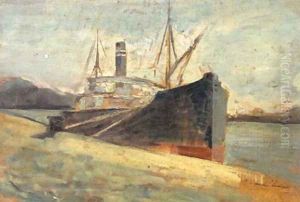Nicolae Vermont Paintings
Nicolae Vermont was a distinguished Romanian painter and graphic artist, born on December 10, 1866, in Bacău, Romania. Vermont, whose work was instrumental in the development of Romanian art at the turn of the 20th century, was a multifaceted artist whose oeuvre includes landscapes, portraits, historical scenes, and religious paintings. His artistic journey reflects the broader currents in Romanian society and culture during a period of national awakening and modernization.
Vermont received his initial art education at the School of Fine Arts in Iași, the cultural capital of Moldavia. His talent and ambition led him to further his studies abroad, a common practice among Romanian artists of the time, who were eager to absorb Western artistic trends and techniques. Vermont attended the Academy of Fine Arts in Munich, a center for artistic innovation in the late 19th century. His time in Munich was crucial for his development, exposing him to the academic tradition as well as to the emerging currents of Symbolism and Art Nouveau.
Upon returning to Romania, Vermont quickly became an active figure in the cultural life of Bucharest. He participated in numerous exhibitions and was a founding member of the Romanian Art Society. His work from this period demonstrates a keen interest in Romanian history and folklore, subjects that were gaining popularity among Romanian intellectuals as part of a larger project of nation-building. Vermont's historical paintings, characterized by their dramatic compositions and meticulous detail, were part of this movement to forge a national identity through art.
In addition to his historical and folkloric themes, Vermont was also known for his religious works. He contributed murals and icons to several Romanian churches, blending traditional Byzantine styles with the sensibilities of modern art. This aspect of his work reflects the broader trend of religious revival in Romania during the late 19th and early 20th centuries, a period when the Romanian Orthodox Church was asserting its role in the cultural and spiritual life of the nation.
Throughout his career, Vermont remained deeply engaged with the Romanian artistic community, mentoring younger artists and participating in debates about the direction of Romanian art. His commitment to education was evident in his role as a professor at the National School of Fine Arts in Bucharest, where he influenced generations of Romanian artists.
Nicolae Vermont's legacy is that of a bridge between traditions, successfully integrating the techniques and themes of Western art with the cultural heritage of Romania. His death on September 14, 1932, marked the end of an era for Romanian art, but his contributions continue to be celebrated for their role in shaping the country's artistic landscape.
